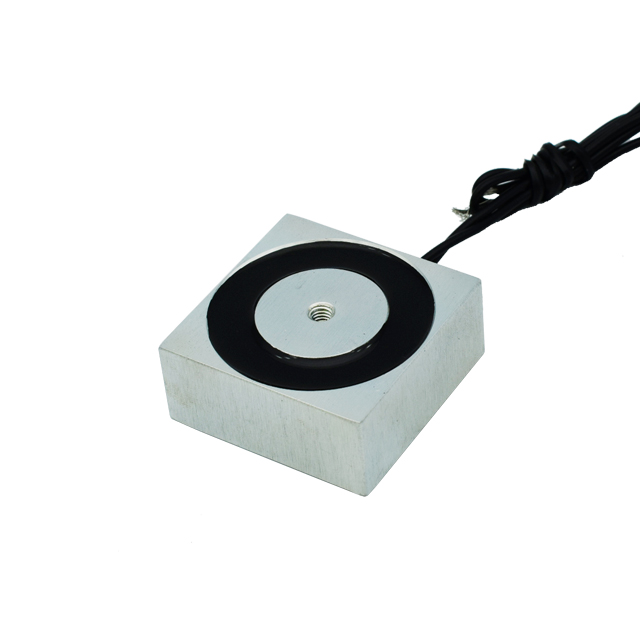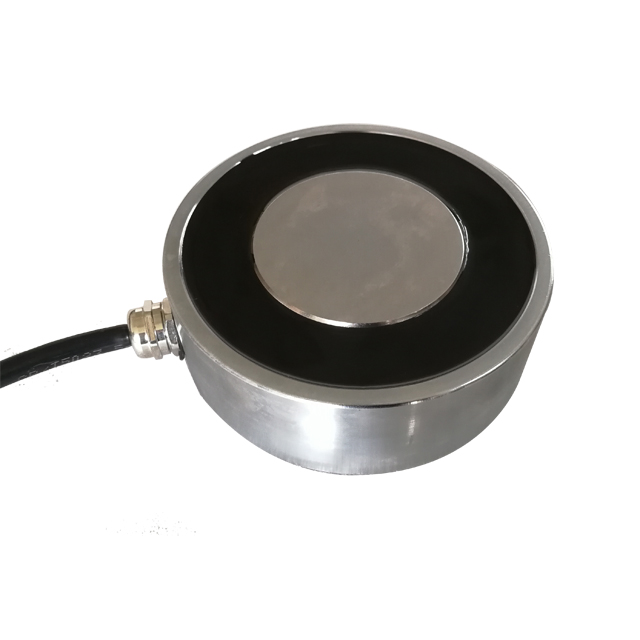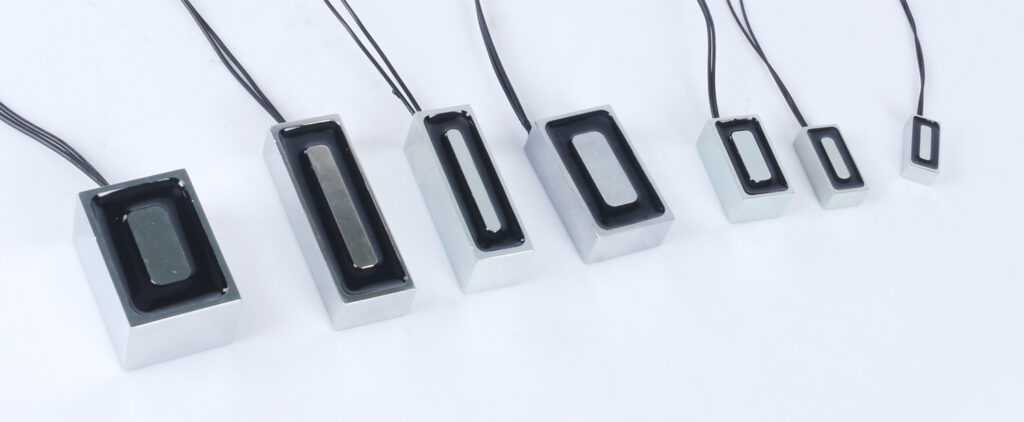Basic knowledge of electromagnets
An electromagnet is an electric solenoid with an iron core, and the magnetic magnitude of the electromagnet is related to the turns of the solenoid. Working principle: the principle of electromagnet magnet is based on the principle of electromagnetic induction, mainly using Biot Savart’s law and Kirchhoff’s law for the magnetic field design and calculation.
Electromagnet is characterized by: the electromagnet itself has no magnetism, can be controlled by on-off current, the size of the magnetic can change the size of the current to control, the direction of the current direction of the magnetic pole is determined.
Electromagnet application range
All kinds of small precision electromagnet and electromagnet application components, as the automatic control system of the implementation of devices, has been widely used in industrial automation control, office automation, medical equipment and other fields. Such as office equipment, imaging equipment, banking equipment, packaging machinery, medical equipment, food machinery, textile machinery, automatic sorting machine, automatic teller machines, automatic vending machine, punch card, electromagnetic lock, remote control device, a braking device, a counting device, access control system etc..


Main parameters of electromagnet selection
The following technical parameters need to be considered when selecting or customizing the electromagnet required by the customer:
1. shape: the location of the electromagnet can hold the largest size: long, wide, high,
2. solenoid maximum stroke and its suction requirements, after the power of the reset force requirements
3. the maximum voltage supplied to the electromagnet. Current? Voltage stability, AC / DC power supply, can provide positive, negative pulse power supply?
4., whether the electromagnet needs long-term uninterrupted work; intermittent work, the longest duration of electricity and the shortest intermittent between the two power on;
5., the use of electromagnets, the use of electromagnetic environment, special requirements, such as temperature, humidity, shock, vibration, acceleration, etc.
Classification of electromagnets
1. press action:
Holding type such as electromagnetic clutch, electromagnetic chuck, lifting electromagnet and so on
Suction type automatic electrical relays, contactors, various electromagnetic valves, electric hammer, electric bell etc.
2. according to the excitation coil power supply type: DC and AC
3., according to the speed of action: fast movements, normal movements, delaying action
4. press the armature movement mode: straight action type, rotating type
5., according to the shape of the magnetic circuit: open guide magnet, such as spiral; closed circuit guide magnet, such as disk (lifting electromagnet), clap type, type II, type III (and type E), armored spiral
Note: in general, according to the structure of the industry, it can be simply combined into three major types:
Disc type: disc type, type II, from the principle can be returned to this category, the shortest stroke
Screw type: the longest stroke
Type E: the stroke is between the upper and the lower

